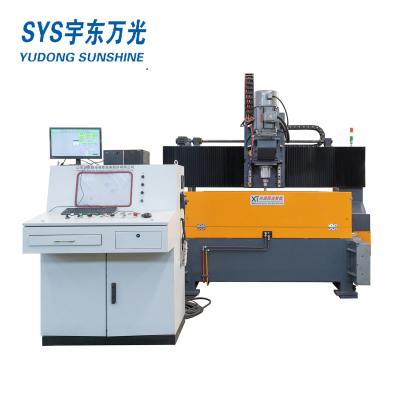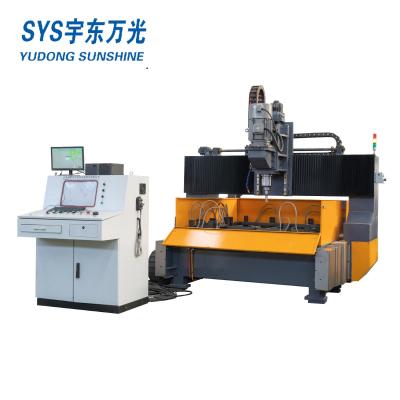Piercing vs Punching vs Blanking: How They Differ
Piercing, punching and blanking are 3 not unusualplace machining strategies which can be used to control uncooked metallic, which includes sheet metallic. All 3 strategies require using a gadget, which in a few manner deforms or alters the bodily residences of the uncooked metallic. While similar, though, piercing, punching and blanking have one-of-a-kind functions. Below, you'll discover an outline of every of machining system and the way it works.
What Is Piercing?
Piercing is a shearing system wherein uncooked metallic is pierced with a machining tool, ensuing withinside the introduction of a round or different formed hollow. As the uncooked metallic is pierced, the metallic from the newly created hollow is taken into consideration scrap. The piercing gadget forces a tool, referred to as a blanking punch, thru the sheet metallic.
What Is Punching?
Punching is a machining process that involves the removal of scrap metal from a sheet of raw metal. It requires the use of a punch press to compress a tool through a sheet of raw metal. While punching is typically performed using sheet metal, it supports other materials like paper, plastic and various fibers. The punch press pressed through the sheet metal while placed against a die. Therefore, punched sheet metal takes the same shape as the die used.
What Is Blanking?
Blanking is often confused with piercing because both processes involve cutting holes into raw metal. However, they aren't necessarily the same. With blanking, the metal from the hole is saved and used rather than discarded. In other words, manufacturing companies perform blanking to create small pieces of metal, whereas manufacturing companies perform piercing to create metal objects with a single hole.
The key thing to remember is that blanking results in the creation of multiple metal parts from a single piece of sheet metal. In comparison, both piercing and punching typically create a single hole in sheet metal.
 English
English Русский
Русский Español
Español العربية
العربية



